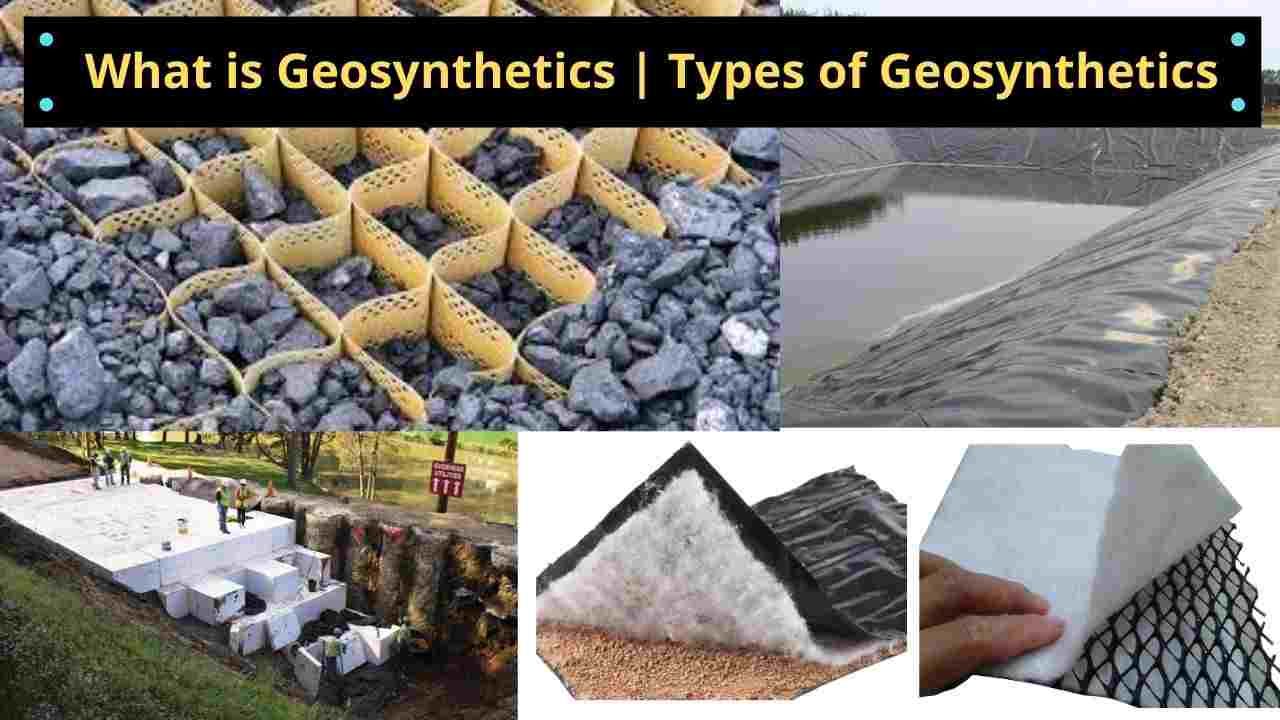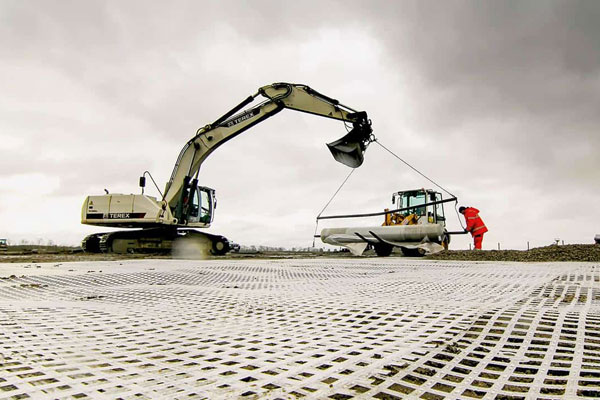The Innovations Of Civil Engineering In Geosynthetics

Geosynthetics are a type of material used in civil engineering projects for various functions. They are synthetic materials that are used to reinforce soil, separate layers of soil, filter water, and more. There are eight types of geosynthetics used in civil engineering projects. In this post, we will explore what geosynthetics are and learn about each of the eight types and their functions.
What Are Geosynthetics?
Geosynthetics are synthetic materials that are used in civil engineering projects. They are made from polymers and are designed for various functions in these projects. Geosynthetics are used in projects like dams, highways, landfills, and other civil engineering projects. They come in various forms, including sheets, panels, and rolls.
Types of Geosynthetics
The eight types of geosynthetics are:
- Geotextiles
- Geomembranes
- Geogrids
- Geonets
- Geocells
- Geofoam
- Geocomposites
- Geosynthetic Clay Liners (GCLs)
Geotextiles
Geotextiles are used for various functions in civil engineering projects. They are used to filter water, separate soil layers, reinforce soil, and more. They are made of synthetic fibers that are woven or non-woven. They are used to prevent soil erosion and to stabilize slopes. Geotextiles can also be used in drainage applications to prevent clogging.
Geomembranes
Geomembranes are used to line landfills, ponds, and other containment systems. They are impermeable and prevent contamination from seeping into the surrounding soil. They are made of polymer materials and can be used in combination with geotextiles as a composite material.
Geogrids
Geogrids are used to reinforce soil structures. They are made of polymer materials and are installed in layers in the soil. They are used for applications like retaining walls, embankments, and pavement reinforcement. Geogrids increase the strength of the soil and prevent soil erosion.
Geonets
Geonets are used in drainage applications. They are made of polymer materials and have a grid-like structure. They are used in retaining walls and other drainage applications. They allow water to pass through them while preventing soil particles from clogging the drain.
Geocells
Geocells are used to stabilize soil in civil engineering projects. They are made of polymer materials and are installed in layers. They are used to prevent soil erosion in slopes, embankments, and other soil structures. They increase the stability and load-bearing capacity of the soil.
Geofoam
Geofoam is a lightweight material that is used in civil engineering projects. It is made of expanded polystyrene (EPS) and is used in applications like embankments, bridge abutments, and lightweight fill. Geofoam is a versatile material that is easy to install and provides excellent insulation and load-bearing capacity.
Geocomposites
Geocomposites are composite materials that are made of different types of geosynthetics. They are used in various applications like landfill liners, erosion control, and pavement reinforcement. Geocomposites combine the functions of different types of geosynthetics to provide a comprehensive solution for different project needs.
Geosynthetic Clay Liners (GCLs)
Geosynthetic Clay Liners (GCLs) are used in applications like landfill liners, pond liners, and other containment systems. They are made of clay materials and are sandwiched between two geotextiles. They provide an impermeable barrier that prevents contamination from seeping into the surrounding soil.
Conclusion
Geosynthetics are a critical part of many civil engineering projects. They provide solutions for various functions like soil stabilization, erosion control, and contamination prevention. The eight types of geosynthetics each have their unique functions and can be used in combination to provide comprehensive solutions for different project needs.
FAQs
What are geosynthetics used for?
Geosynthetics are used for various functions in civil engineering projects like soil reinforcement, erosion control, and contamination prevention.
What are the eight types of geosynthetics?
The eight types of geosynthetics are Geotextiles, Geomembranes, Geogrids, Geonets, Geocells, Geofoam, Geocomposites, and Geosynthetic Clay Liners (GCLs).
What are geogrids used for?
Geogrids are used to reinforce soil structures like retaining walls, embankments, and pavement reinforcement.
What is a geocomposite?
A geocomposite is a composite material that is made of different types of geosynthetics used in various applications like landfill liners, erosion control, and pavement reinforcement.
What is a GCL?
A GCL is a Geosynthetic Clay Liner used in applications like landfill liners, pond liners, and other containment systems. They are made of clay materials and are sandwiched between two geotextiles.
What is geofoam?
Geofoam is a lightweight material that is used in civil engineering projects. It is made of expanded polystyrene (EPS) and is used in applications like embankments, bridge abutments, and lightweight fill.
What are geonets used for?
Geonets are used in drainage applications to allow water to pass through while preventing soil particles from clogging the drain.
What is a geocell?
A geocell is used to stabilize soil in civil engineering projects. It is made of polymer materials and is installed in layers. It is used to prevent soil erosion in slopes, embankments, and other soil structures.
What are geotextiles used for?
Geotextiles are used for various functions in civil engineering projects like soil reinforcement, erosion control, and filtration of water.


Post a Comment for "The Innovations Of Civil Engineering In Geosynthetics"